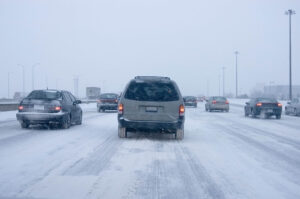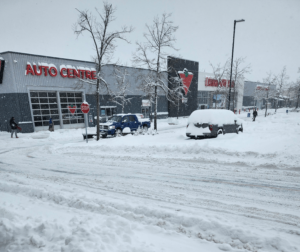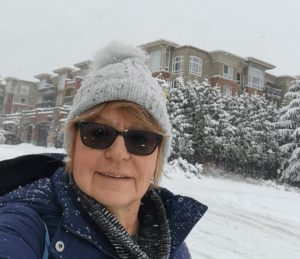 When I heard up to 20cm of snow was on its way to Vancouver – the panic set in. Keeping my fingers crossed the weather people would be wrong, but I woke up this morning – they were not wrong – they were dead on right.
When I heard up to 20cm of snow was on its way to Vancouver – the panic set in. Keeping my fingers crossed the weather people would be wrong, but I woke up this morning – they were not wrong – they were dead on right.
I am not scared of driving in the snow; I am fearful of what can happen when you drive in the snow and are not prepared. We saw last year – horror stories as people skidded off the road waiting for help to arrive or traffic was so backed up there was nowhere to go, leaving them cold, hungry and some without medications.
While winter brings a magical transformation to the landscape, it also brings significant road challenges. Driving in snow and ice demands heightened caution and strategies to ensure you arrive safely. Here are some essential tips for a secure winter driving experience.
Prepare Your Vehicle
Before venturing out on snowy and icy roads, it’s crucial to prep your vehicle. Start by knocking the snow off your car. Check your tires for sufficient tread depth and proper inflation. Consider switching to snow tires for enhanced traction. Ensure your brakes, lights, and fluids are in top condition. Carrying an emergency kit with essentials like blankets, a flashlight, boots, medications and non-perishable snacks can be a lifesaver in unexpected situations.
Slow and Steady Wins the Race
When the roads are covered in snow or ice, resist the urge to speed. Slow down, increase your following distance, and anticipate the need for longer stopping distances. Sudden maneuvers can lead to loss of control. Gentle turns and gradual braking are your allies in maintaining stability on slippery surfaces. Pay attention to crews out working to clear our roads.
Visibility is a Top Priority
Reduced visibility is a typical winter driving challenge. Keep all windows clear, using defrost and windshield wipers as necessary. Replace worn-out wiper blades and ensure headlights and taillights are functioning properly. Daytime running lights can improve visibility, making your vehicle more noticeable to others on the road.
taillights are functioning properly. Daytime running lights can improve visibility, making your vehicle more noticeable to others on the road.
Stay Informed and Flexible
Before you begin a winter journey, please stay informed about weather conditions and road closures. If you are in British Columbia – Drive, BC, is a great place to start. If conditions deteriorate, be flexible with your plans. Consider staying home, delaying travel until conditions improve or choose alternative routes with better road conditions.
Adhering to these tips and embracing a cautious approach can transform your winter driving experience into a safe and enjoyable adventure. Remember, it’s not about how fast you reach your destination but how safely you get there. Stay Safe everyone!
Meet Jackie Kloosterboer – Disaster Preparedness Specialist
 Jackie Kloosterboer is a renowned Emergency and Disaster Preparedness leader, boasting an impressive 30 years of frontline experience that has allowed her to witness firsthand the life-saving impact of preparedness. Her unwavering commitment is evident through her dedication to presenting Disaster Preparedness Workshops, responding to disasters across BC, supporting evacuees, and skillfully leading Emergency Support Services teams during activations, most notably in her recent role with the City of Vancouver.
Jackie Kloosterboer is a renowned Emergency and Disaster Preparedness leader, boasting an impressive 30 years of frontline experience that has allowed her to witness firsthand the life-saving impact of preparedness. Her unwavering commitment is evident through her dedication to presenting Disaster Preparedness Workshops, responding to disasters across BC, supporting evacuees, and skillfully leading Emergency Support Services teams during activations, most notably in her recent role with the City of Vancouver.
Her profound expertise in disaster preparedness has made her a sought-after resource by the media, who frequently seek her insights, underlining the crucial significance of preparedness. Moreover, her book, “My Earthquake Preparedness Guide,” is the quintessential resource, offering practical tips to equip individuals for any disaster. Jackie’s expert advice is the compass pointing toward safety and readiness for those seeking to face whatever challenges come their way.
